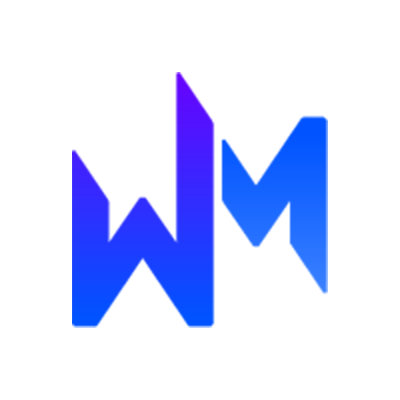Quiz Time! Conversions Are for Optimizers

Of all the possible metrics companies can track, conversions are by far the most important. Conversions alone, however, do not always reveal all the ways a user's experience could have been influenced.
From the number and spacing of search engine visits to the percentage and types of emails opened, marketers and analysts are tasked with understanding the experience each user receives at every touchpoint and optimizing each to close more sales, more efficiently (faster and cheaper). The purpose of conversion rate optimization (CRO) is to convert more users through a variety of tactics such as improving or adjusting a page's calls-to-action (CTAs) or testing which layout works best based on the source of a visit.
While CRO can be beneficial to companies in all industries, retail stands to benefit the most thanks to the industry's historically low conversion rates. For instance, 2016 data from Monetate indicates the average conversion rate for retail sites in the U.S. is 3.02 percent with the majority happening on traditional desktop computers, followed by tablets and then smartphones. There's a lot that can be done, however.
Take Johnston & Murphy as example. Using online and offline data to segment its VIP customers on its website, the footwear and apparel retailer presented their most valuable shoppers with a lightbox that contained a free, two-day shipping promotion - resulting in a 25 percent lift in conversions on desktop versus its "non-VIP" audience.
For help understanding the many available opportunities to boost conversions, take our September Quiz Time!
1. Gmail once tested this many shades of blue for their call-to-action (CTA) color to find the highest converting shade:
a. 50
b. 2
c. 10
d. 300
2. What percentage of customers are influenced to make a purchase by hearing from other customers?
a. 10 percent
b. 25 percent
c. 90 percent
d. 55 percent
3. Which state has the highest average order value (AOV)?
a. Illinois
b. California
c. Texas
d. Alaska
4. When does shopper engagement (page views and product views) peak?
a. Working hours (8 a.m.-3 p.m.)
b. Commuting hours (3 p.m.-6 p.m.)
c. Evening hours (6 p.m.-9 p.m.)
d. Weekend mornings (7-10 a.m.)
5. When are the majority of "second sales" made with a retailer?
a. Within 24 hours of a shopper's first purchase
b. Within 30 days of initial purchase
c. During the following holiday season
d. After they are emailed a promotion
To get the answers, scroll down.
1. a (50); 2. c (90%); 3. d (Alaska); 4. a (working hours); 5. a (24 hours)

Subscribe to Our Newsletter!
Latest in Marketing








